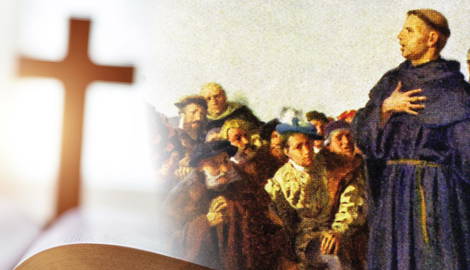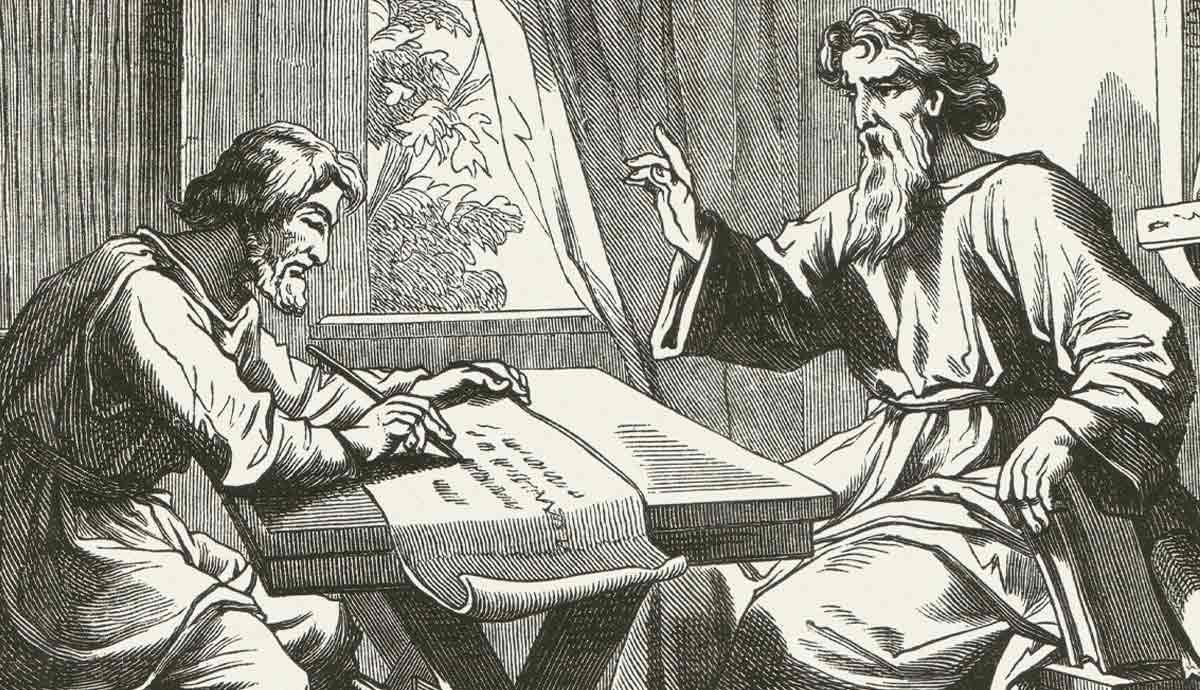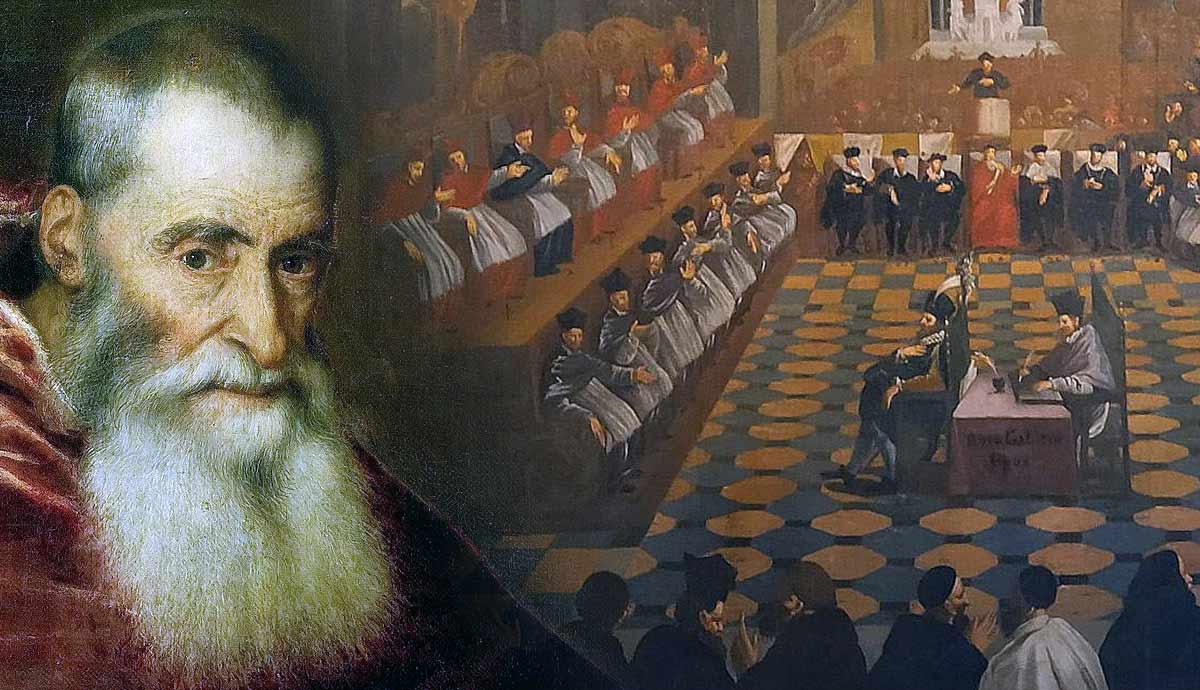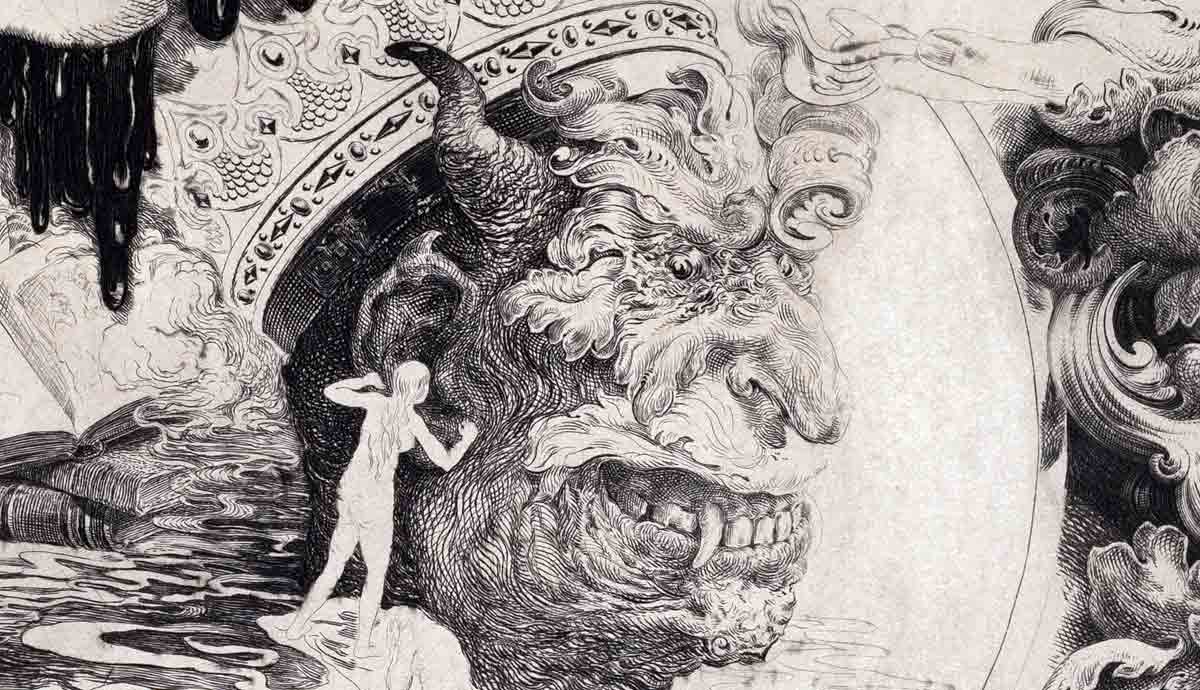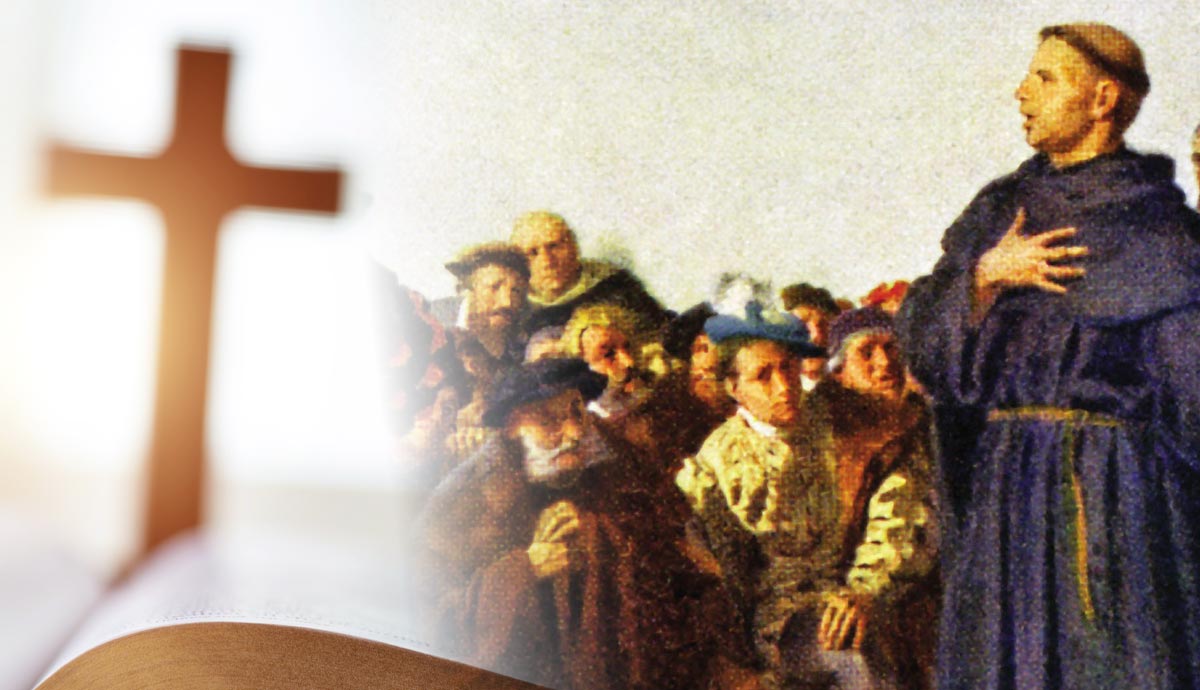
The three major branches of Christianity are Roman Catholicism (approx. 50%), Protestantism (approx. 37%), and Eastern Orthodoxy (approx. 12%). Although Protestantism has a foothold across the globe, it seems strongest in North America, Northern Europe, and sub-Saharan Africa, with a significant presence in parts of Asia. Protestantism is by far the most fragmented of the branches of Christianity, having divided into over 40,000 denominations with some significant differences in belief and practice held among them. Yet, some core beliefs bind them together and allow them all to identify as Protestant.
Origins of Protestantism

Protestantism was a reactionary movement that sought to address the abuses perpetrated by the Roman Catholic Church and to address the problematic teachings it espoused. As the word suggests, it was a movement that “protested” what people considered unbiblical aspects of Roman Catholic theology. As such, it resulted in several creeds that progressively detailed the fundamental principles of Protestantism with more clarity and detail.
Though history tends to align the origins of Protestantism with reformers like Martin Luther, Ulrich Zwingli, and John Calvin, who voiced their criticism and developed a reformed system for faith and biblical interpretation, the roots of protest can be traced to centuries before.
As early as the 10th century, Arnulf of Rheims characterized the pope as the Antichrist, a way to express the level of abuse he perceived in the exercise of papal authority. Arnulf was subsequently quoted by early Lutheran Protestants who referred to his view on the Papacy in the Magdeburg Centuries, an ecclesiastical history first published in the latter part of the 16th century.
Martin Luther and the Reformation

Indeed the 1500s marked a significant rise in the protest against Roman Catholic theology. Far from being a rebellion against the Church, the Reformation started as a quest for reform within the Roman Catholic Church in terms of teaching and practice. When Martin Luther nailed the 95 Theses to the door of the Castle Church (Schlosskirche) in Wittenberg (an event disputed among scholars), it served as an invitation to openly debate the merits of certain teachings the Church espoused. Far from being a call to popular uprising and protest, it was a call for debate among academics.
The actual title of the 95 Theses was the Disputation on the Power and Efficacy of Indulgences. As the name suggests, a primary trigger for the drafting of the theses was the selling of indulgences to raise money for the construction of St Peter’s Cathedral in Rome.
Luther sent a letter to the Archbishop of Mainz on October 31, 1517, believing he may have been unaware of what Tetzel (a prominent seller of indulgences) and others, preached about indulgences. Luther had not heard any of these sermons first-hand but became aware of the problematic understanding some people had about it. He wished to discuss the matter in the form of a debate, which was a common way for academics to hash out differences of opinion on issues.
Rather than accepting the invitation to debate, the Church considered Luther’s view on indulgences as a threat and Tetzel even called for Luther to be burned at the stake for heresy. Luther received a summons to present himself before the authorities of the Church in Rome in 1518. He was fearful of what might happen to him and responded in writing, explaining his theses in Explanations of the Disputation Concerning the Value of Indulgences.

In the mid-1510s Luther had the opportunity to debate John Eck, a former friend and fellow scholar, on the authority of the pope, the nature of the Church, and the interpretation of scripture, among other topics. Luther’s split from traditional Roman Catholic teaching was solidified at that event.
Pope Leo X excommunicated Martin Luther on January 3, 1521, for his repeated refusals to recant his views. Later that same year, the Diet of Worms was called and Luther had to appear before Emperor Charles V and other church and political leaders to recant his position. Luther famously stated in closing:
“Since your most serene majesty and your highnesses require of me a simple, clear, and direct answer, I will give one, and it is this: I cannot submit my faith either to the pope or to the council, because it is clear that they have fallen into error and even into inconsistency with themselves. If, then, I am not convinced by proof from Holy Scripture, or by cogent reasons, if I am not satisfied by the very text I have cited, and if my judgment is not in this way brought into subjection to God’s word, I neither can nor will retract anything; for it cannot be either safe or honest for a Christian to speak against his conscience. Here I stand. I cannot do otherwise. God help me. Amen.”
Luther fled from the forces that wished to rid the Church of the scholar who openly opposed their teaching and authority. Other scholars and reformers, however, saw merit in Luther’s arguments and some even believed he did not go far enough on certain theological issues. They believed more reforms were necessary and justified.
Ulrich Zwingli

A Swiss pastor and reformer who was born a year after Luther is Ulrich Zwingli. He shared Luther’s views on Roman Catholic practice and what the Bible taught. They agreed on the authority of scripture over Church tradition, salvation by faith alone, and the rejection of indulgences, but did not agree completely on the Eucharist. They attempted to resolve their differences at the Marburg Colloquy in 1529 but failed to do so.
In Zurich, where Zwingli lived and worked, he successfully abolished Mass, called for the destruction of religious images, and implemented a simpler, more scripture-based worship service. He was a key figure in the Reformation in Switzerland until his death when his Protestant army lost the Battle of Kappel against Roman Catholic forces in 1531. His work had a profound influence, particularly on the Reformed and Presbyterian traditions that developed after his death.
John Calvin

John Calvin, like Zwingli, played a significant role in the Reformation in Switzerland. Though he never met Zwingli in person, they shared many of the same views, such as the authority of scripture, opposition to papal power, and salvation by faith alone. Zwingli and Calvin shared the same view on the Eucharist, believing it to be symbolic in nature.
Calvin wrote the Institutes of the Christian Religion which influenced theological perspectives far beyond his base in Geneva and the borders of Switzerland. His theology became known as Calvinism. Though the Reformed tradition, from which many later denominations sprang, is closely related to Calvinism, it is not the same.
Central Precepts of Protestantism

Martin Luther, Ulrich Zwingli, John Calvin, and many other reformers risked life and limb to fight for their faith by opposing Roman Catholic theology they deemed erroneous. As they did so, Protestant theology emerged. The Reformation saw central precepts develop that would define Protestant thought. The following are the most significant Protestant principles:
Sola Scriptura
The reformers rejected tradition as an authoritative source for theology. Instead, they believed in Sola Scriptura: the Bible and the Bible alone as authority for Christian faith and practice.
Sola Fide
Sola Fide, meaning faith alone, is a core belief in Protestantism. It rejects the idea that participation in Church rituals carries any merit toward salvation.
Sola Gracia
Sola Gracia is the belief in salvation by grace alone and teaches that grace is a gift from God that cannot be attained through works of the flesh or any human effort.
The Priesthood of All Believers
Protestantism embraces the idea that each believer has direct access to God and does not require an intermediary agent like a Priest.
Legacy of Protestantism

Protestantism has had many cultural, educational, political, and social impacts on societies across the world. Literacy increased greatly as the Bible became available in local vernaculars and people could read and grow their faith without being dependent on the Church. Since Protestantism developed in the West, its spread across the world inevitably saw the spread of Western ethics, ideas, and systems spreading with it.
The separation of Church and State arguably expressed most strongly in the First Amendment of the US Constitution, was a primary concern for the founders of America. It resulted from the persecution of Protestants by state actors who were aligned with the Roman Catholic Church in Europe. The idea of a priesthood of all believers indirectly resulted in the development of a democratic and representative government. Protestantism has also played a significant role in many social justice movements, being a driving force behind the abolishment of slavery, women’s rights, and religious freedom.
Ecumenism

The World Council of Churches (WCC) was established in 1948. This organization strives toward ecumenism, which is unity within Christianity through dialogue. In a sense, the aim was to unify the plethora of denominations that sprung up after the Reformation under one umbrella. It has seen many Protestant Churches engage in collegial interaction with other Protestant denominations and with the Roman Catholic Church.
In 1999, the Lutheran Church and the Roman Catholic Church signed the Joint Declaration on the Doctrine of Justification. In this document, the two traditions formally agreed on aspects of justification as far as grace and faith are concerned. The signing was met with mixed reviews as many felt the document did not go far enough in what it agreed on, while others argued that it constituted an unacceptable compromise on doctrinal truths.
The trend toward ecumenism seems to grow ever stronger, and there is less protest in Protestantism as time goes by and more Protestant denominations are embracing ecumenism.
